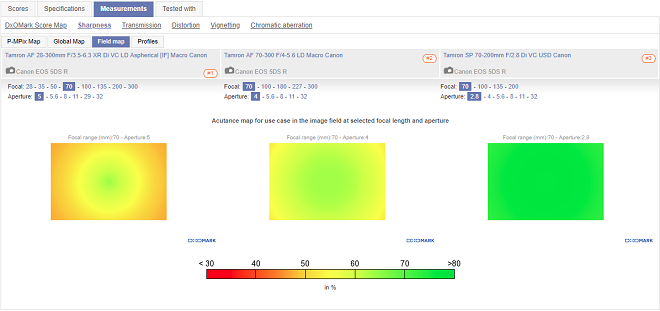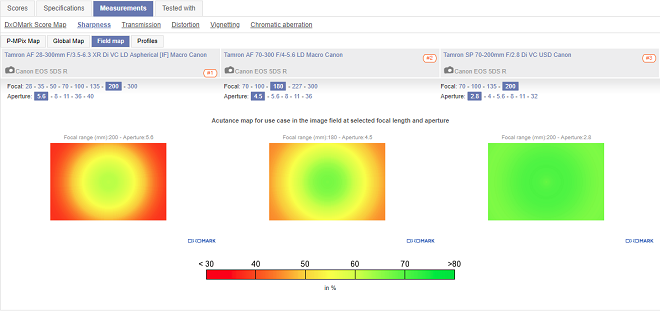I was originally looking at the Tamron 18-400mm, but the images don't seem to be very sharp (as would be expected of a lens with that much range).
The Tamron 18-400mm f/3.5-6.3 Di II VC is an APS-C only lens. It wouldn't work on your full frame 6D.
The Tamron AF 28-300mm f/3.5-6.3 XR Di VC is a FF lens, but it can't even keep up with the lowly AF 70-300mm f/4-5.6 at their common focal lengths, much less the Tamron SP 70-200mm f/2.8 Di VC (which is the older version of the current SP 70-200mm f/2.8 Di VC G2).

At f/5.0 the 28-300 is not as sharp as the 70-300 at f/4 and the 70-200 blows both away at f/2.8!

At 200mm it's even worse at f/5.6 than the 70-300mm at 180mm and f/4.5 and the 70-200mm again is much better even wide open at f/2.8!
In Tamron nomenclature, SP lenses are considered their premium line. Di II lenses are APS-C only, Di lenses are FF, and VC is Vibration compensation. You might be able to find a new copy of the SP 70-200mm f/2.8 Di VC just within your stated budget. Be aware there is also an even older Tamron 70-200mm f/2.8 Di Macro lens model that is not as good as the SP 70-200mm f/2.8 Di VC.
I'd like something that performs excellent from around 100mm to 200mm, and can take crappy photos from 30mm to 100mm if I need to).
